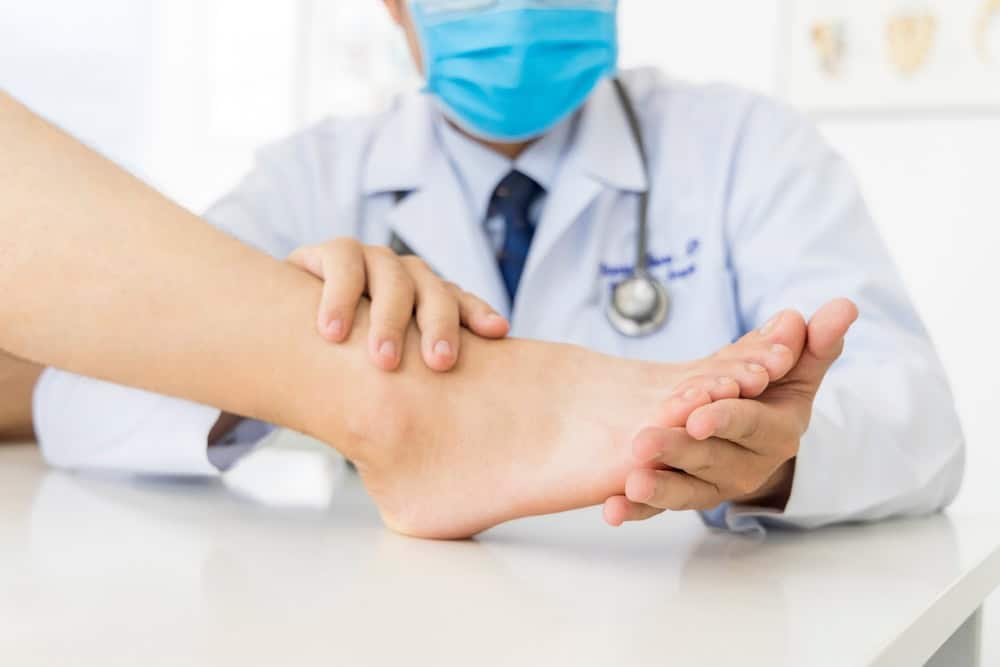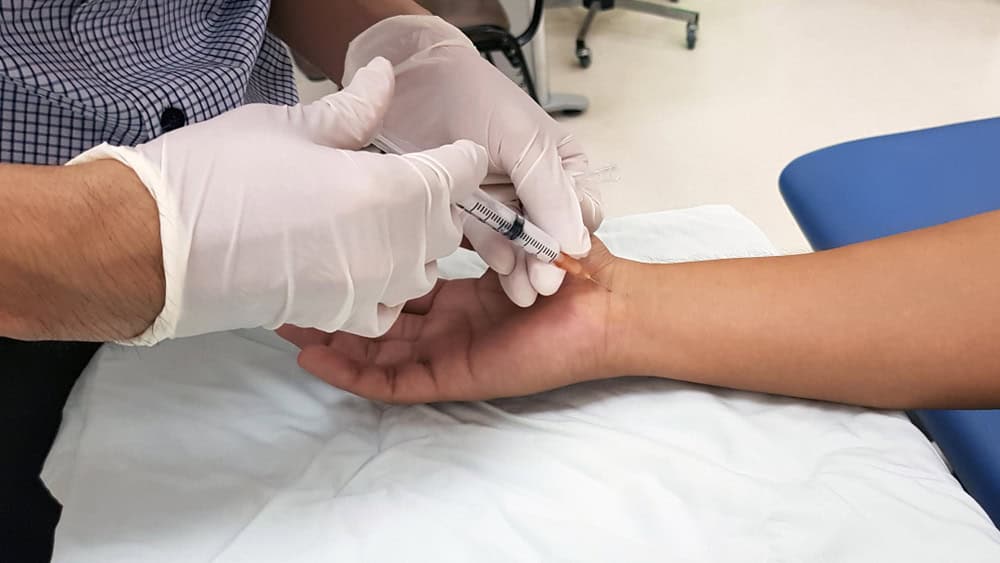Are you living with chronic nerve pain? Our neuropathy doctor in Flatbush, NY offers treatments that help reduce pain and improve mobility. Get the relief you deserve with specialized care.

Reviews

At NY Spine Medicine, we specialize in neuropathy treatment for individuals who are suffering from chronic nerve pain and peripheral neuropathy in Brooklyn. Our neuropathy specialists use cutting-edge techniques to diagnose and manage nerve damage, improving the quality of life for our patients.
Advanced tools, like EMG tests and nerve conduction studies, allow us to create treatment plans that address nerve pain, numbness, and weakness. With options like physical therapy, nerve stimulation, and medication, we help patients regain comfort and mobility. Find lasting relief with our Flatbush, NY neuropathy doctor today!


Ready to get started?
Nerve pain shouldn’t dictate your daily life. That’s why at NY Spine Medicine, our neuropathy doctor in Flatbush, NY focuses on treatments designed to address chronic nerve pain and peripheral neuropathy at the source. We go beyond temporary relief, offering targeted therapies that promote long-term improvement.
From nerve damage treatment to innovative neuropathy therapies, we create custom strategies to restore function and reduce pain. Our goal is to help Brooklyn residents regain strength, mobility, and confidence in their daily routines. Start your journey toward lasting relief-schedule a consultation with our team today.

In the 16th century, western Long Island was inhabited by the Canarsee people, who called it Sewanhacka. The Canarsee and related Lenape tribes lived semi-nomadic lives, moving seasonally to follow food sources. Their crisscrossing trails through the area formed some of the early roads for the modern region. One of their primary settlements was located roughly at the current intersection of Flatbush Avenue and Kings Highway, named Keskachane or “council fire”.
Henry Hudson is reported to have landed on the island in 1609. Hudson was an Englishman working for the Dutch East India Company, and the Dutch established trading posts and settlements in their new colony of Nieuw Nederland thereafter, buying up land from the Canarsee (who did not share the Dutch’s view of property rights, viewing the sales not as final but essentially leases.) One of the Dutch settlements was Midwout (alternatively Midwoud or Medwoud,) Dutch for “middle wood”. Midwout was established inland, in a forested area bounded by hills to the north and flat open spaces to the south, which had been managed by the natives for cultivation and game purposes. The geography was created by the ancient glacier that once covered the area, leaving behind as it retreated the hills of the terminal moraine and a large outwash plain beyond. Midwout was settled between 1630 and 1636, and received a patent of township by 1652. In the following years it would also be known as Vlachte Bos or Flackebos (“wooded plain”), and the various names and spellings of the town were used interchangeably for nearly a century.
A church was built in 1654, replaced by another structure in 1698. There were records of schoolmasters in the town from 1659. The early settlement was enclosed by a palisade wall for protection. By 1658, it was the location of the courts and seat of Justice for the County. The north end of Midwout was called Steenraap, the main business center the Dorp, and the south end Rustenburgh or resting-place. Among the early colonists in Midwout who would rise to prominence was Leffert Pietersen Van Haughwout. Van Haughwout’s family, later known as the Lefferts, would build a homestead in the 1680s in the north of town, now part of Prospect Lefferts Gardens. Other Dutch families would ultimately lend their names to the streets of the modern city. In its early years, Midwout came into conflict with its neighboring town of New Amersfoort over its borders, as well as with the local natives; in 1670 the Rockaway Indians challenged the Dutch claims, saying the Canarsee had no authority to sell the land. Midwout’s leadership bought the land again to avoid trouble. By the end of the century most of the natives in the region were either killed by war or disease, or disposed of their ancestral lands; a few remained in Midwout as farmhands or servants for the Dutch.
Learn more about Flatbush.Local Resources
New York:
Florida:
Support